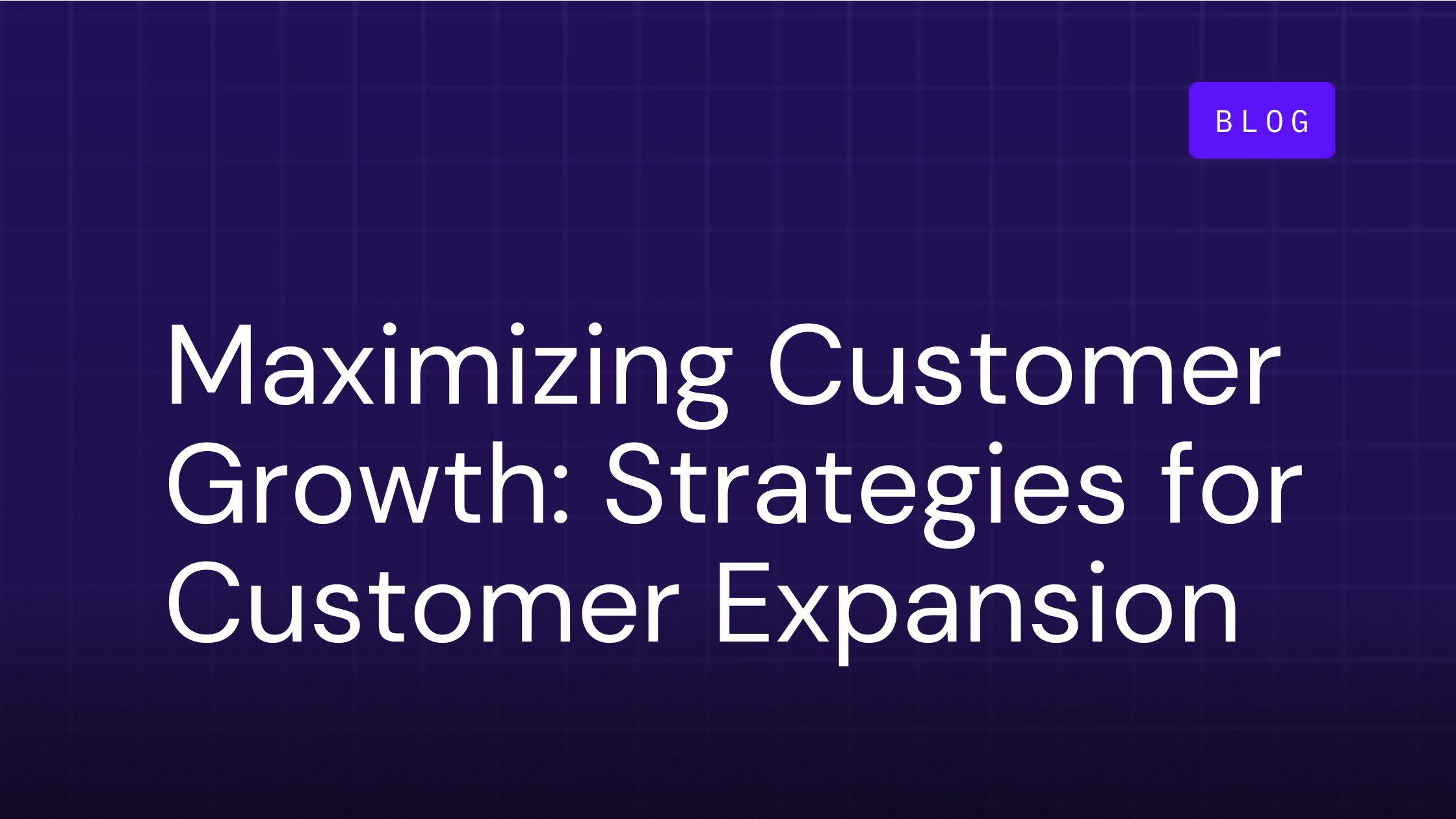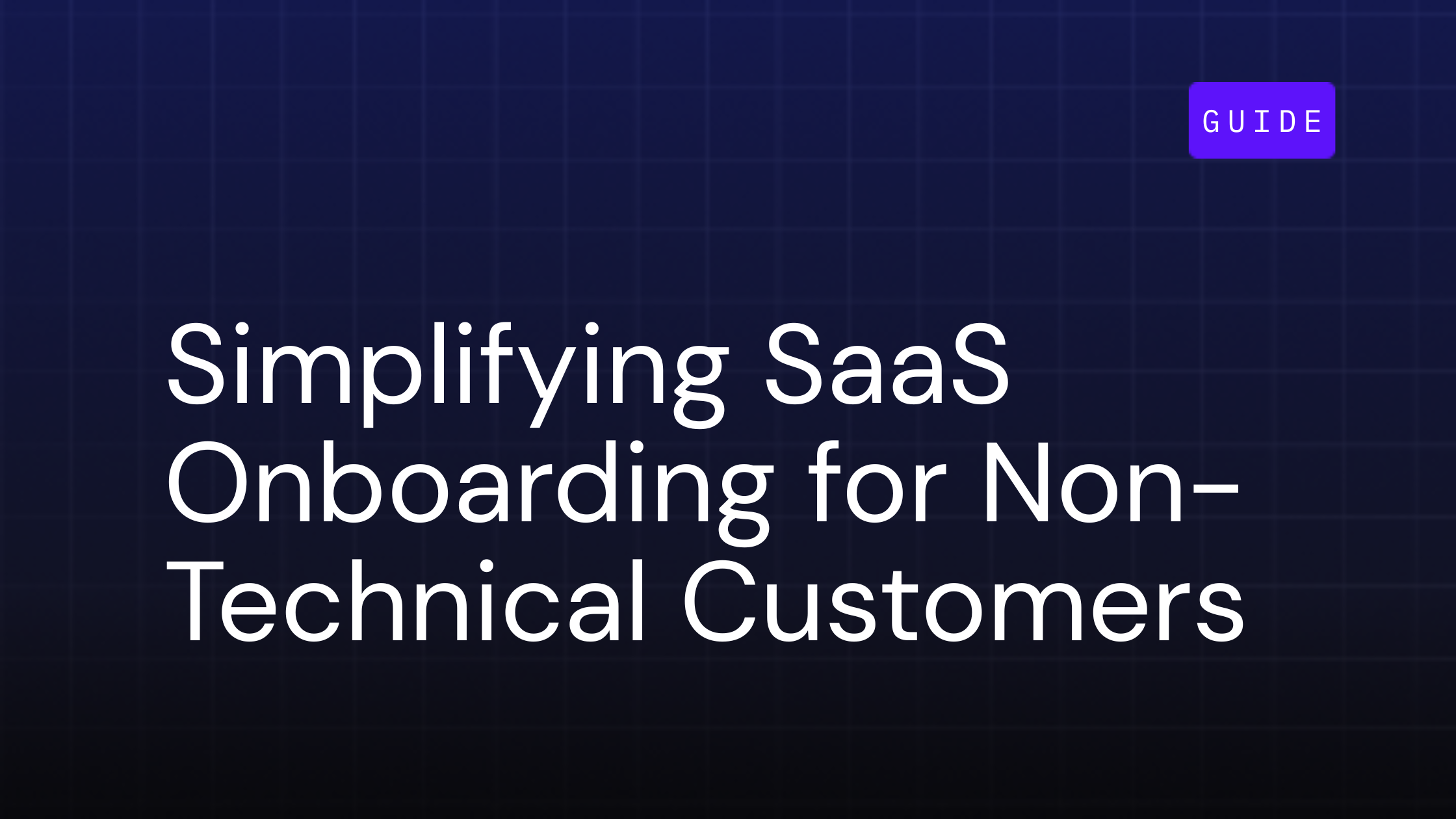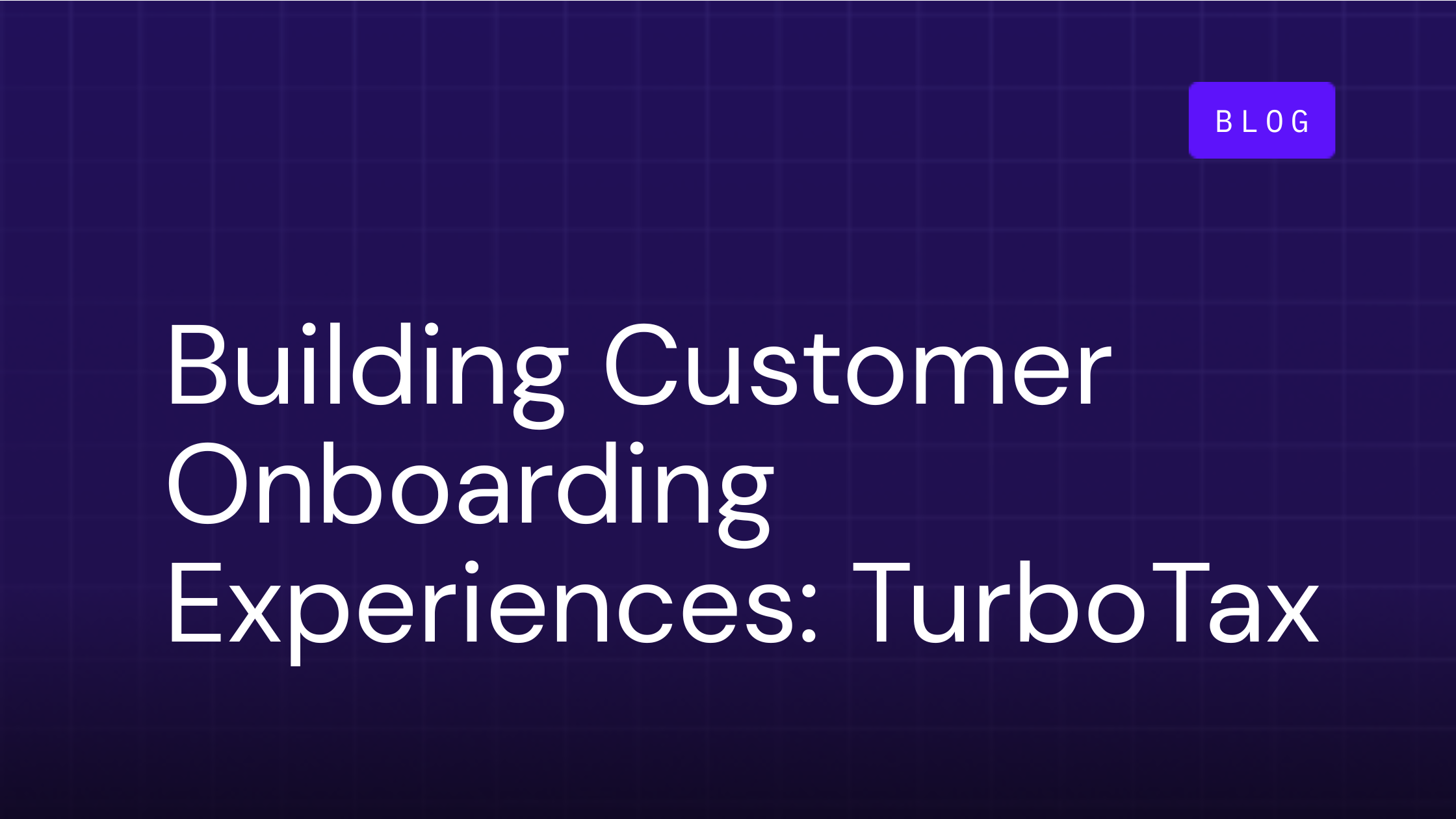Maximizing Customer Growth: Strategies for Customer Expansion
Published: June 7, 2024

Published: June 7, 2024

Growing your business isn’t just about bringing in new customers — it’s also about getting more value from the ones you already have. By focusing on customer expansion strategies, you can drive serious growth, keep your customers around for longer, and boost your profits in the long run.
Customer expansion is about finding ways to get your existing customers to spend more over time. Instead of pouring all your energy into acquiring new customers, you take steps to build deeper relationships with your current ones. This could mean getting them to add more users or seats, use your product more often, upgrade to a higher-tier plan, buy complementary products, or add on extra features.
The costs of acquiring new customers are going up, and the competition is getting tougher. It’s why customer expansion is more critical than ever. Here are a few key reasons:
There are a few ways to approach customer expansion, each with its unique benefits and strategies.
This gets your existing customers to add more users or seats to their accounts. Let’s say a company starts by buying 10 licenses for your software solution. Your goal would be to get them to increase that to 50 or 100 over time. The more people using your product, the more value they’re getting, and the more likely they are to stick around.
Another way to expand is by getting your customers to use your product more often. This could mean encouraging them to explore new features, use your software for more tasks, or make it a bigger part of their daily work. The more they use it, the more they’ll see how valuable it is and the more they’ll be willing to invest in it.
Upselling is all about getting your customers to upgrade to a higher-tier plan or a premium version of your product. To make this work, you need to show them how much more they could be getting with those advanced features and capabilities. If they can see the added value, they’ll be more likely to make the switch.
Cross-selling happens when you offer your existing customers other products or services that work well with what they’re already using. For example, if a customer is using your project management software, you might suggest a time-tracking tool that integrates with it seamlessly. You want to show them how these products can work together to make their lives easier.
Add-ons are extra features or services that customers can tack onto their main product. This could be things like advanced reporting tools, extra storage space, or dedicated customer support. These add-ons give your customers the chance to customize their experience and get even more value out of your product.
To nail your customer expansion strategy, your SaaS company needs all hands on deck. It’s a group effort that requires sales, customer success, product, and marketing teams to work together like a well-oiled machine.
Your sales team is usually the first to spot expansion opportunities when they’re speaking with potential customers. They need to recognize when a customer could benefit from additional products or services.
Meanwhile, your customer success team is building relationships and making sure your customers are getting the most out of your product. They’re in the perfect position to identify expansion opportunities during regular check-ins and feedback sessions.
Your product team needs to make sure your product can handle more users, features, and integrations as you expand. They should also be collecting customer feedback to figure out which new features or add-ons would be most valuable.
And don’t forget about marketing! They’re key to educating your customers about the benefits of using more of your product. This could mean creating targeted campaigns, educational content, webinars, or demos.
To measure the success of your expansion efforts, keep an eye on key metrics like:
Set specific, measurable goals, like increasing the average number of seats per customer or achieving a certain upsell rate, to keep your team on track.
To rev up your growth through customer expansion, focus on nailing these key areas:
The right tools and platforms can supercharge your customer expansion efforts:
Customer expansion is a must-have growth strategy for B2B SaaS companies, especially when times are tough. By focusing on getting more value from your existing customers, you can seriously boost your revenue and profits. It takes a team effort, the right tools, and a commitment to understanding and meeting your customers’ needs — but the payoff is worth it. OnRamp can help you make customer expansion a top priority, and see sustainable growth in 2025 and beyond.

How healthy are your customers? If that’s difficult to answer, it could be because you’re not tracking customer health scores. Just...

One of the most common challenges we hear from vertical SaaS teams is the difficulty of serving non-technical customers, especially...

It's that time of year again — tax day is looming, and millions are flocking to everyone's favorite tax software, TurboTax. Love it...